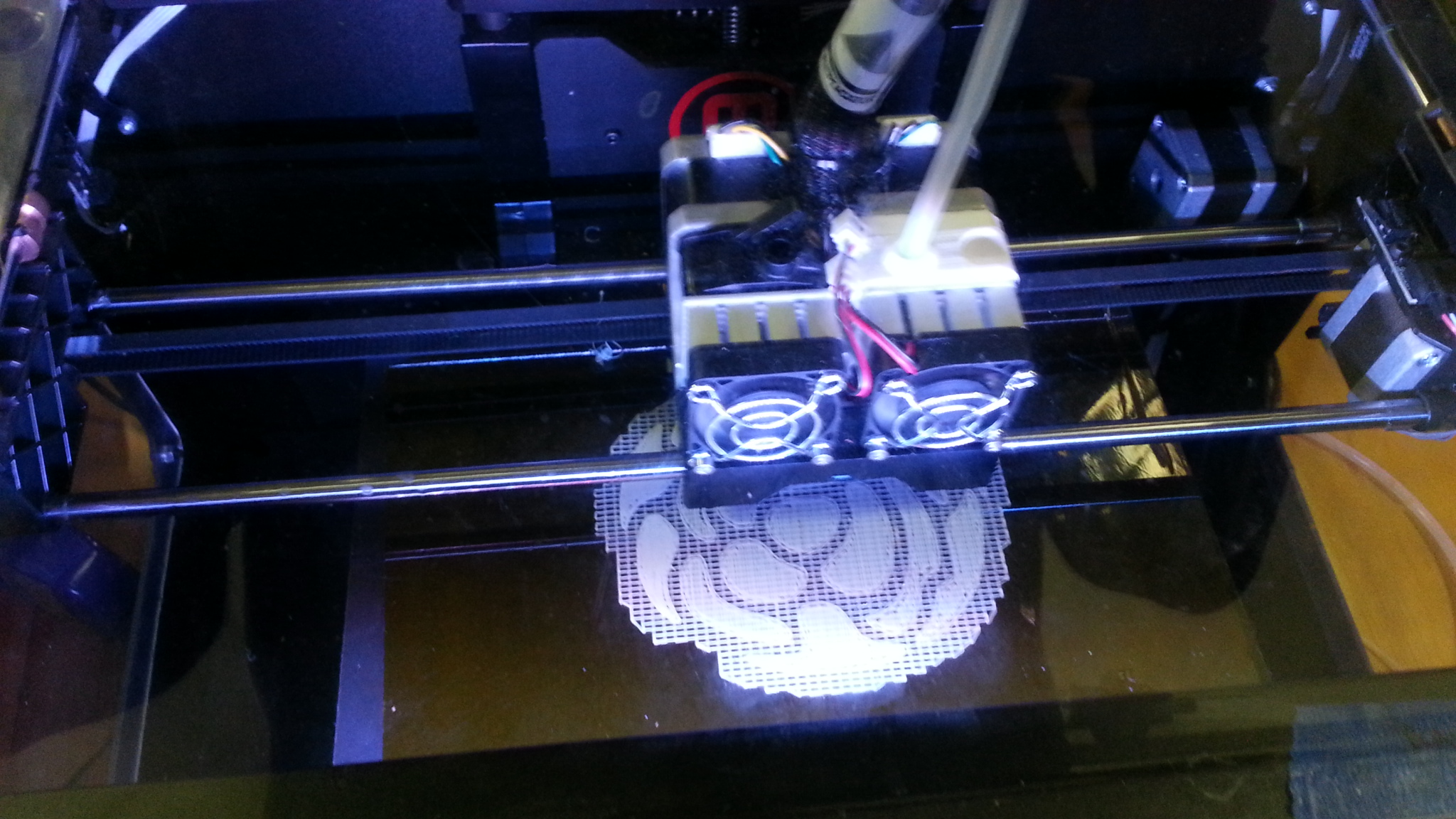(Image Source: https://flic.kr/p/kvjYDJ) 3D Printing in India 3D printing in india was initially quite stagnant, but a sudden boom in 3D printing startups has created a whole culture of 3D printer industries. Most of the Indian startups aim to make a cost effective 3D printer. While they currently aim at industries, they will soon design products for regular people as they try…
